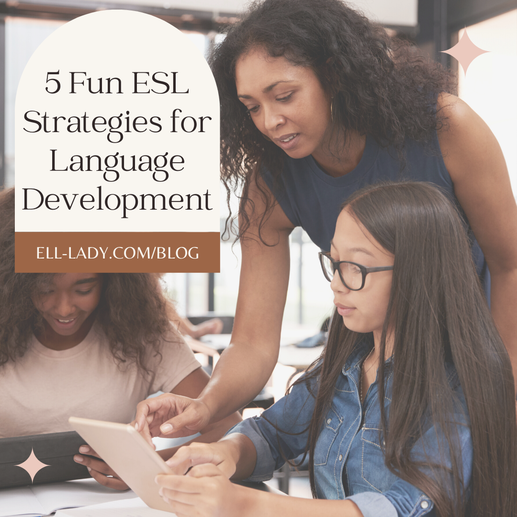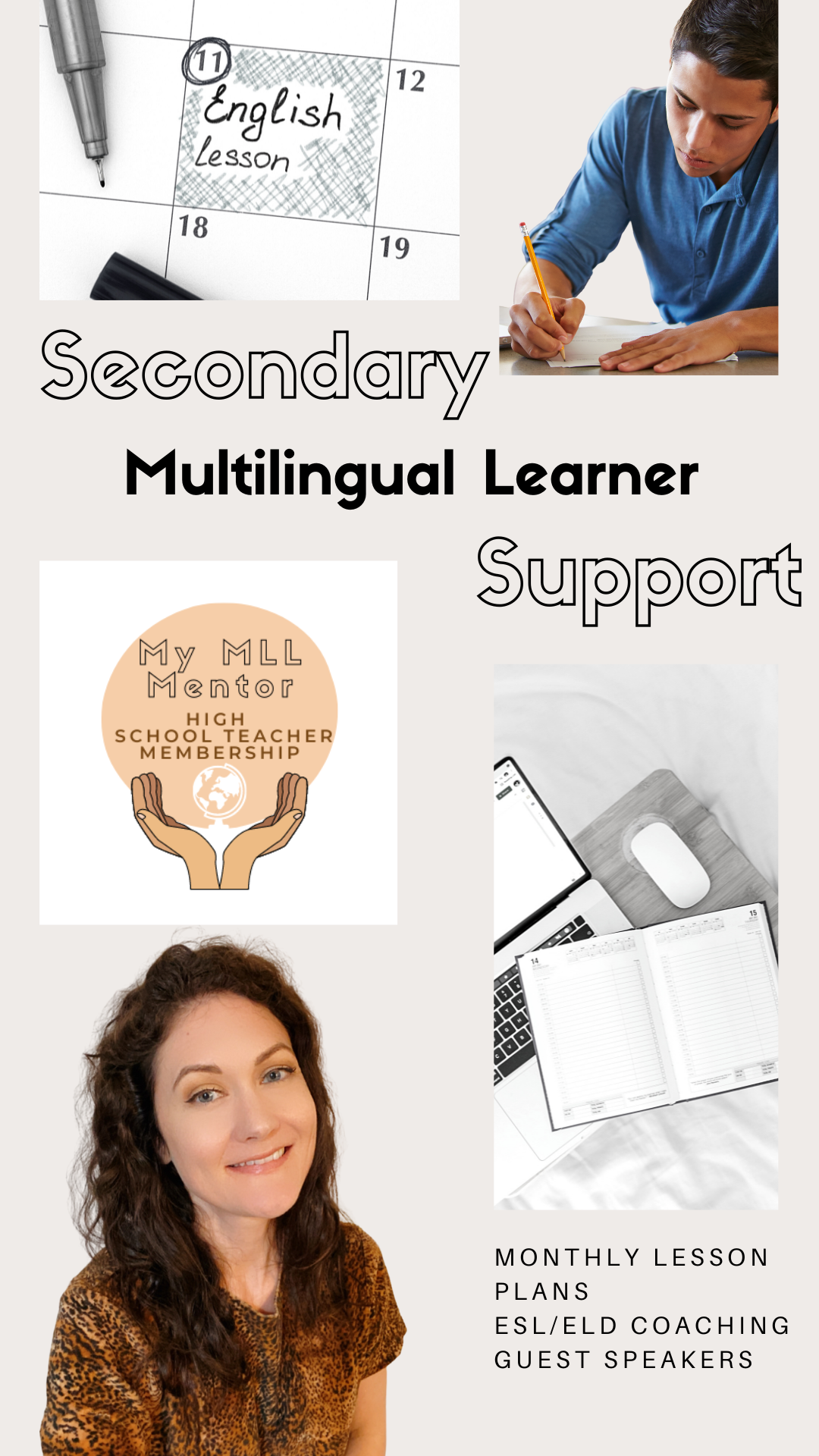|
Are you feeling like you might be stuck in a rut with some of the strategies you are using in your classroom for your multilingual learners or English learners? Try out some fresh ideas for language development tomorrow to use in your ESL class or content-area classroom. All of these strategies integrate the four language domains- speaking, reading, writing, and listening- to get them SWRLing!
The language domains are all connected, so it makes sense to make sure we are covering them all in our lessons. According to The Center for Literacy and Learning, "initially, reading and writing are dependent on oral language skills. Eventually, reading and writing extend oral language." The more we get our students using all of the language domains, the more language is developed. Think Write/Draw Pair Share In this extended version of Think-Pair-Share, students will think about a proposed topic, write or draw their response, and share with a partner using sentence stems or frames if needed. Students can also read their responses after they speak. Step-by-step:
Four Corners is a great strategy for both listening and speaking. Step-by-step:
Dictated drawing is great for speaking and listening, and it’s also a lot of fun! Students give directions on what to draw and must use specific words to get their ideas across. The other partner practices using clarifying academic discourse while asking questions. If you want to try this out, I have a lesson plan for you here! Step-by-step:
Text rendering is a great low-stress strategy for reading and also speaking. It really helps them synthesize the information they are reading. To integrate writing, have students write a short summary about what they read. Step-by-step:
Inside Circle, Outside Circle gives students the opportunity to discuss information with different classmates in a structured way. As with dictated drawing, they can write about their process or any take-aways and things they learned during the process. Have students read each other's writing and evaluate them with a rubric. Step-by-step:
What other strategies do you use to get your students SWRLing everyday?
0 Comments
Leave a Reply. |
AuthorI support middle and high school teachers through monthly lesson plans, coaching, and guest speaker offerings in our Secondary ESL Teacher Membership. Archives
April 2023
Categories
All
|



 RSS Feed
RSS Feed
